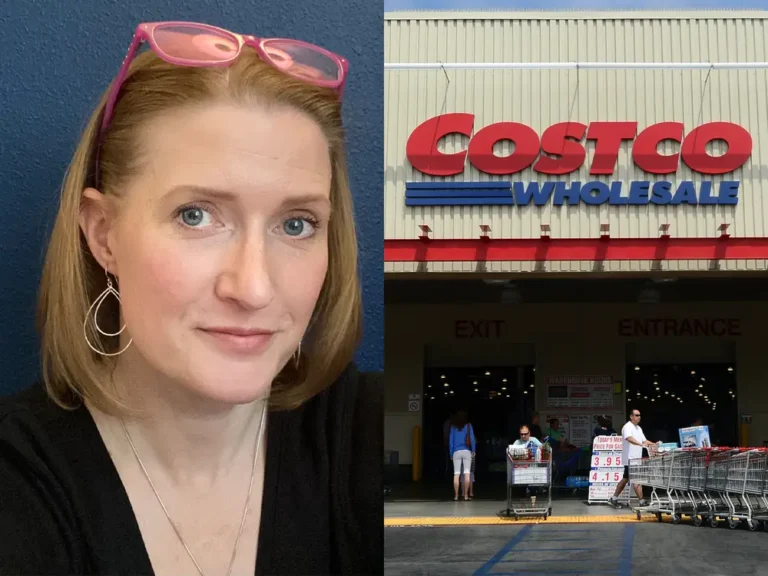Major San Jose trail would link to future BART station by 2031

The Five Wounds Trail has been in the works for over two decades
A walking and cycling trail in San Jose has been in the works for decades, and the City Council is set to vote Tuesday on securing the project’s final piece of land — all at a low cost.
The long-desired Five Wounds Trail, which runs north to south on the eastern side of downtown, will provide residents with easy access to the upcoming BART extension in the Little Portugal neighborhood, as well as a smattering of other walkable paths that branch out across the city.
When completed, the paved 2.17-mile route would begin near the Coyote Creek Trail to the south and end near the Lower Silver Creek Trail to the north at the intersection of Story and Senter roads. The project is expected to be completed by 2031.
“I think this is a very notable, positive, and substantial investment in the east side,” said Nanci Klein, the city’s director of economic development. “It contributes to great places to be in these neighborhoods, which haven’t gotten a lot of trees or recreational amenities.”
The trail will also make it easier to get to places like Happy Hollow Park and Zoo, San Jose State University’s campus, and the Japanese Friendship Garden. According to Klein, it may include amenities such as basketball courts and exercise equipment along the way.
On Tuesday, councilmembers will vote on whether to purchase the northern portion of the proposed trail from the Santa Clara Valley Transportation Authority, which is giving up the land for free after a $1.5 million asking price was reduced. The remainder of the land on the pathway to the south is owned by the city.
However, the city will be required to pay more than $5 million in environmental clean-up costs on a portion of the trail that will use a railroad track built in the early twentieth century. According to two separate studies conducted over the last decade, the old tracks contaminated the nearby soil with arsenic and lead.
The tracks have previously been used as an informal walkway for some nearby residents, according to Joan Rivas-Cosby, chair of the Friends of Five Wounds Trail and a resident a few blocks away from the planned path.
“This would benefit people who don’t even live in the area,” she explained. “There are avid bicyclists who use public transportation.” It would be ideal for people who want to take BART but don’t want to park their car (at the station).”
There are no estimates for the total cost of the trail project when completed. It is named after the century-old Five Wounds Portuguese National Church, which will be visible from the trail and is a major architectural landmark in the area. The term “Five Wounds” refers to the five injuries discovered on Jesus’ body after he was crucified.
“It really has a regional impact,” said Terry Christensen, emeritus political science professor at San Jose State University and a leading advocate for the trail, of the proposal. “People have been talking about it for a long time.”
Efforts to establish a path began in the early 2000s, when neighborhood advocates began requesting improvements to the area, which Christensen described as historically low-income. A trail was one of the top priorities that emerged, prompting residents to form an advocacy group solely dedicated to its construction. An early proposal for the path was approved by city council members in 2013.
“In the immediate neighborhood, there’s a need for more open space and parkland,” Christensen said. “The trail provides that.”
The most recent challenge, he said, was convincing VTA that the trail would benefit their agency because of its proximity to the future Little Portugal BART station. The transit hub is expected to be finished within the next decade, but it has faced delays and scrutiny due to its timeline and budget projections. Federal officials estimated in 2022 that the BART extension could take until June 2034 and cost close to $10 billion.





